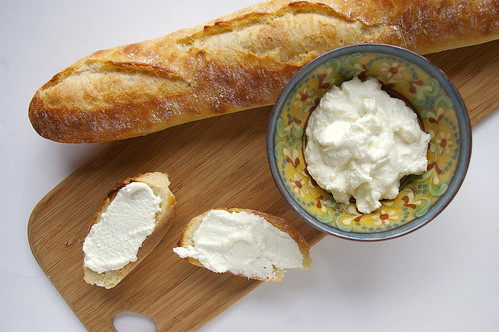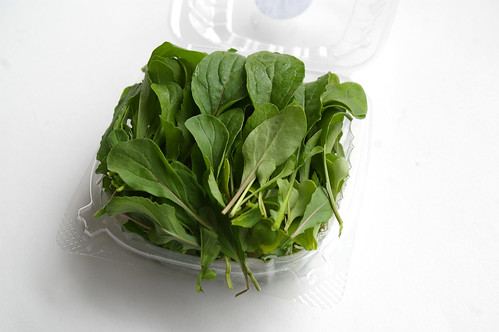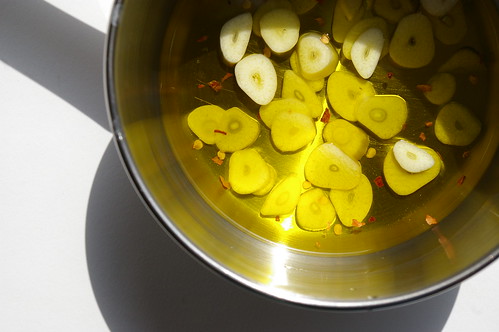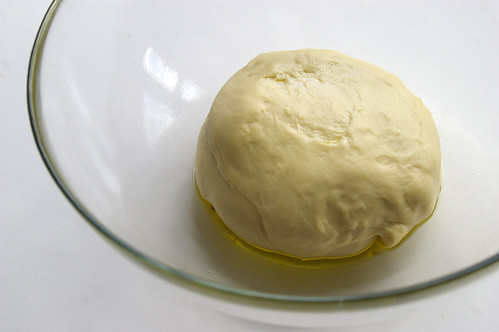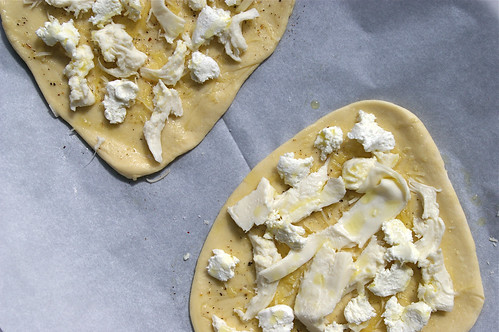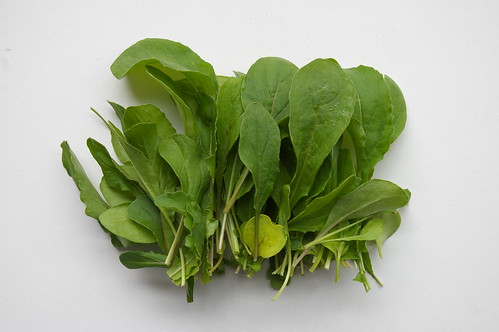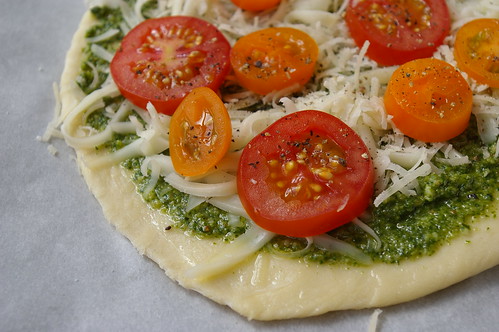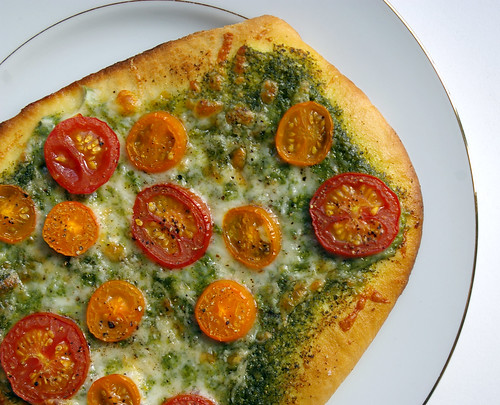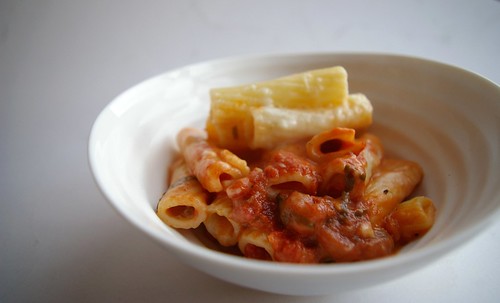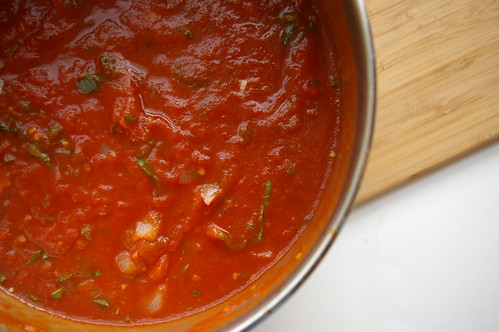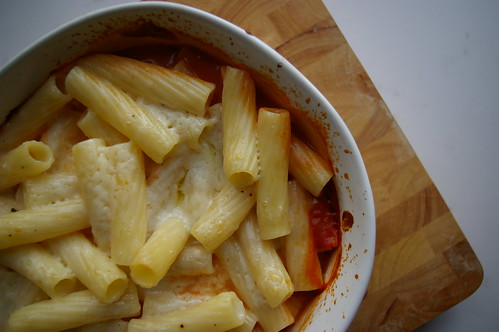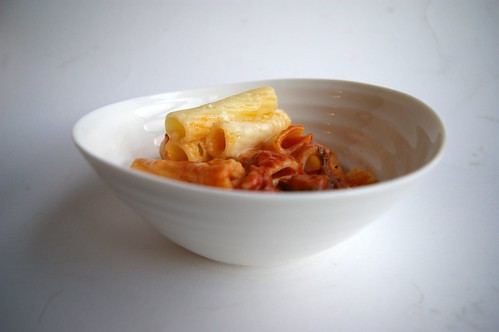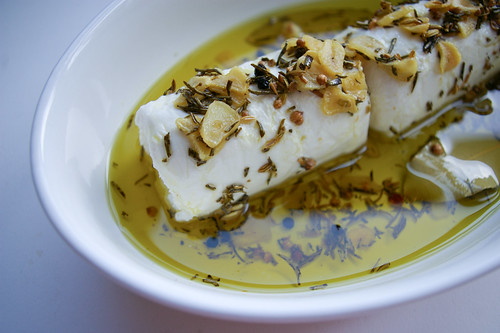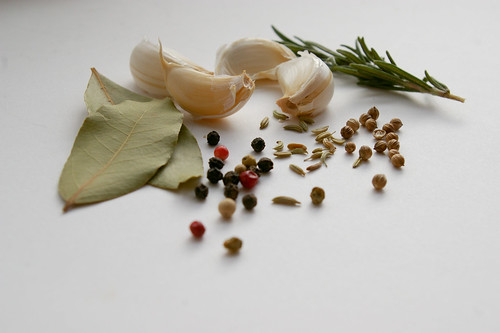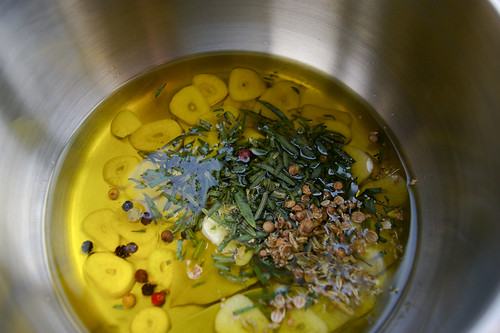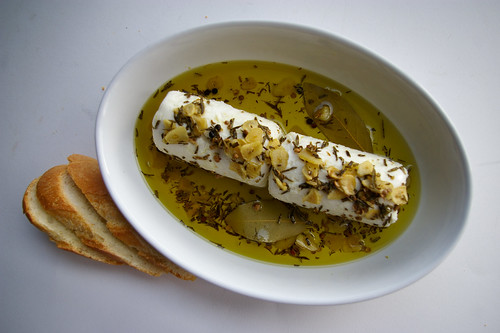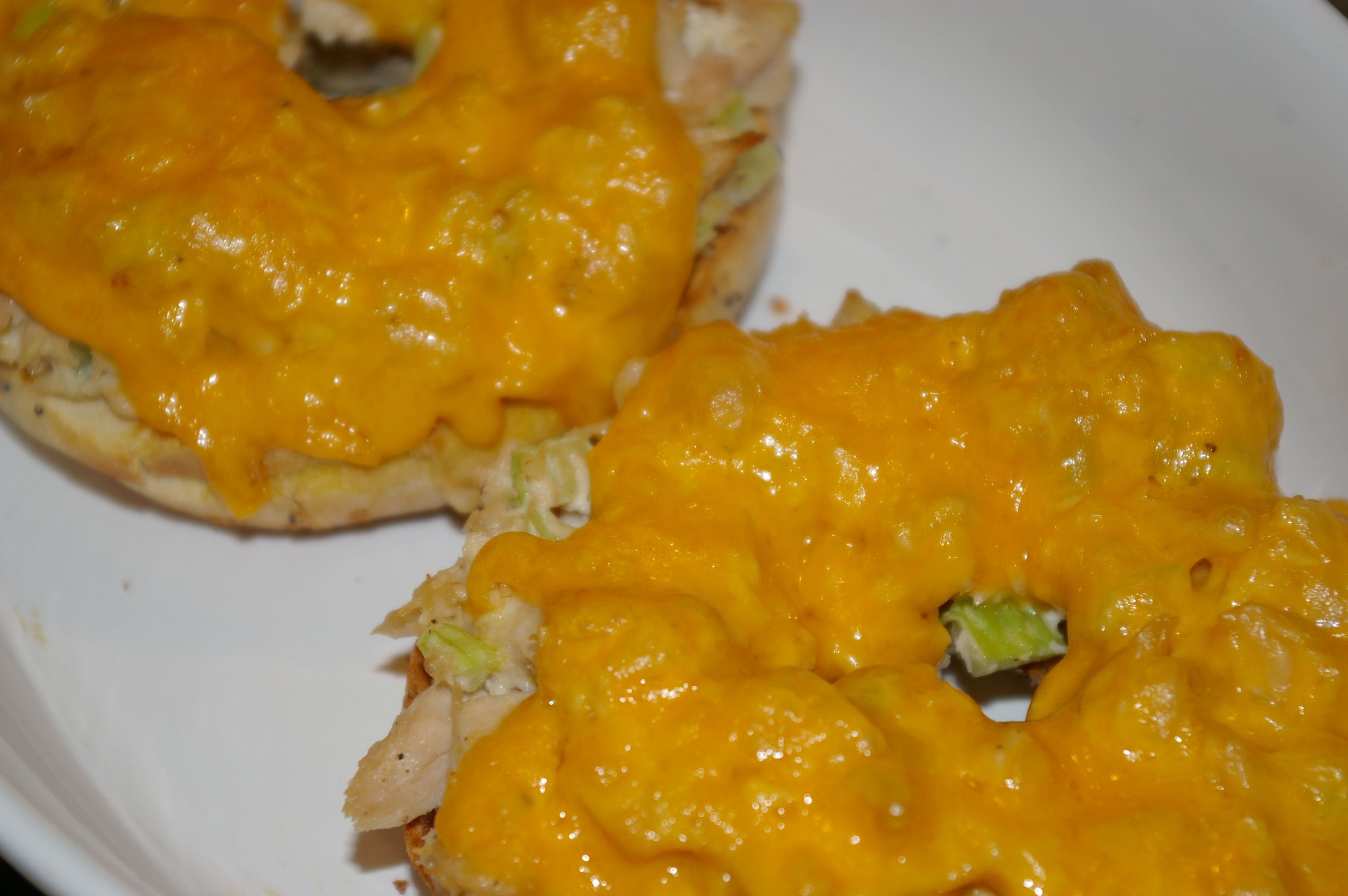I’ve bought my fair share of ricotta in my time from my local grocery store.
It’s good enough, especially since most of the time I’m simply folding it into lemon ricotta pancakes for Sunday breakfast.
The first time I had really good ricotta was at Corso 32 in Edmonton. House-made from goat milk, it had been slathered thickly onto slabs of toasted bread, then drizzled with oil and sprinkled with crunchy flakes of salt.
It was the perfect start to dinner with a group of friends I don’t get to see often enough.
On my next trip to Edmonton, I had barely walked through the front door of my friend’s house before she announced that our project for that afternoon – in advance of friends coming for dinner – was to make homemade ricotta.
The recipe was laughably easy: heat milk, add lemon juice, watch it curdle and then strain.
And yet it was unexpectedly exciting to watch the curds and whey separate with just a bit of acid thrown into the mix. Even more pleasing to unfold the cheesecloth after the whey had drained away from the curds and see the mound of thick, creamy ricotta.
(Check out the post Katherine did over here, complete with action photos.)
That recipe was good – we ate pretty much all of it that night, on toasted baguette with glasses of wine in hand, some olives and slices of prosciutto – but I’ve since found one that is made even more decadent with the addition of a full cup of whipping cream.
Technically, this may not be considered real ricotta, which in Italian means “twice cooked” and is made from whey – the byproduct of making other cheeses. But, when searching for ricotta recipes, almost all now use this method of adding an acid – lemon juice or vinegar – to heated milk (or a combination of milk and cream) and then straining off the curds.
(There are also a million variations, using more or less milk and cream, using different ratios of acid or using vinegar instead of lemon juice.)
Simple science, but it’s kind of like food magic.
The taste is also like food magic: rich and creamy, smooth and luxurious – a recipe that’s end belies how little effort went in.
Serve this on slices of toasted bread drizzled with honey or some extra virgin olive oil. Grind on cracked pepper or stir in herbs.
Use in recipes that call for ricotta. Or simply eat it plain.
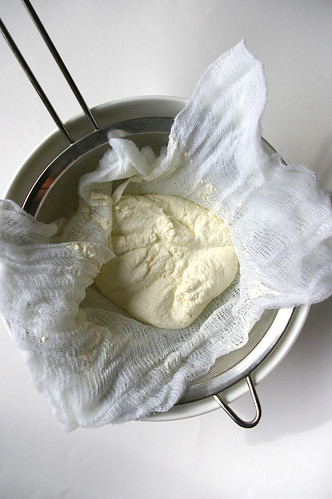
Ricotta
This comes from Smitten Kitchen, which suggest a ½ cup of whipping cream if a full cup is too much, just be sure to make up the difference with whole milk.
- 3 cups ( 750 mL) whole milk (3.25 per cent)
- 1 cup (250 mL) whipping cream
- ½ tsp (2 mL) coarse sea salt
- 3 tbsp (50 mL) freshly squeezed lemon juice
In a large pot, mix together milk, cream and salt. Heat until the mixture reaches 190 F, stirring every so often to keep it from burning. Remove from the heat and add the lemon juice. Stir, gently, once or twice and then let sit for 5 minutes to let the curds and whey separate.
Line a large sieve or colander with two or three layers of cheesecloth and place over a bowl. Pour the mixture into the sieve and let it strain for at least an hour or more, depending on how firm you like it. (I stopped draining mine around 1 hour and 15 minutes.) It will also firm up more once refrigerated.
Eat immediately or put in an airtight container and refrigerate. Makes little more than one cup (250 mL).

